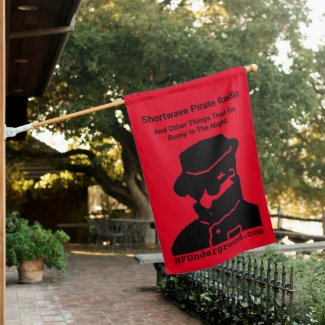I've started to work on an app to process SDR I/Q recording files, and generate high resolution waterfalls centered around the carrier frequency of AM channels. Below is one example:
This is a recording of 1230 kHz, one of the low power graveyard channels. Though it may look short, it is actually slightly over four hours long. One of the biggest pains with looking at MW carriers is that you need to use very large FFTs, in this case 8 million points. The sampling rate is 250 kHz, so the bin spacing is 0.03 Hz. That means that if you're watching it in real time, the waterfall crawls along... in this case the update rate would be every 34 seconds. And of course if you make an adjustment to one of the settings, you need to wait a few updates to see the effect, that means minutes. Plus you can only see one frequency at a time. Computers are supposed to make this easier!
My solution is offline processing. Let the SDR recording for hours while you're doing something else, then go crunch the numbers. With a 250 kHz sampling rate, you can see 25 MW channels at a time, in this case I had it centered at 1300 kHz, so I can see from 1180 to 1420 kHz. The I/Q recording files are processed once, the resulting FFT data is written to file. Actually only some of it is, a +/-25 Hz span around each carrier frequency, to reduce the size of the output files. I may make this larger if necessary.
The viewing app lets you select the channel of interest, as well as set the mapping of dB value to the color scale, for the best contrast. It just takes a fraction of a second to re-plot the entire waterfall.
The bottom axis shows the offset from the center frequency in Hz. (note that I don't have my 10 MHz reference connected to the SDR right now, so there is a little drift, once I get that connected again it will go away).
How many carriers can you spot? I can see at least 42. I should note this this recording was made from 1pm to 5:30 pm in the afternoon the other day, so not even at night, and yet there's that many stations present.
It is interesting to observe the wide range of variation in carrier frequency. Some have obvious patterns, others are just a single line.




